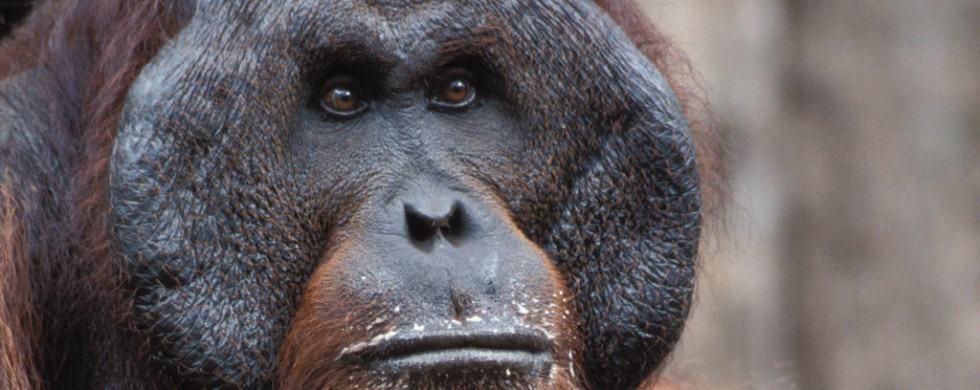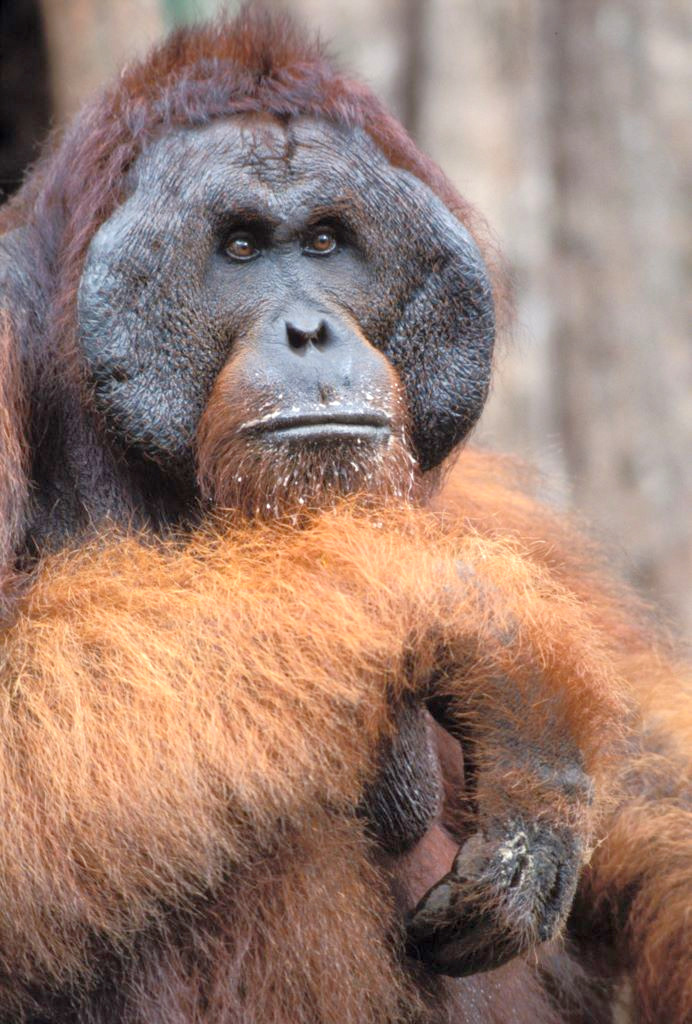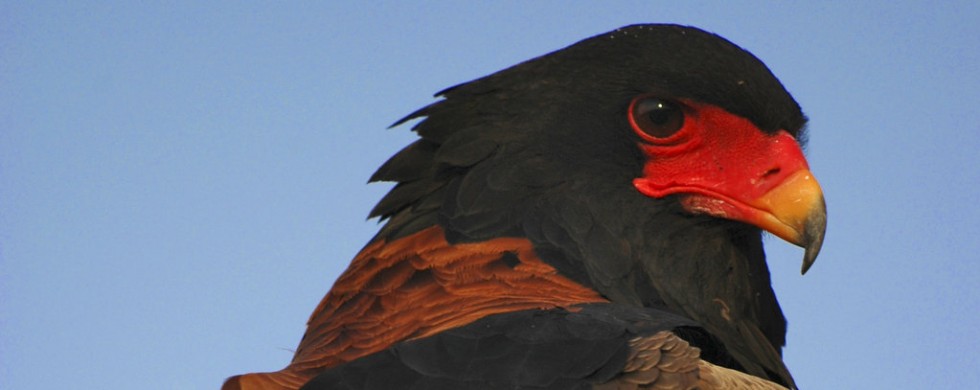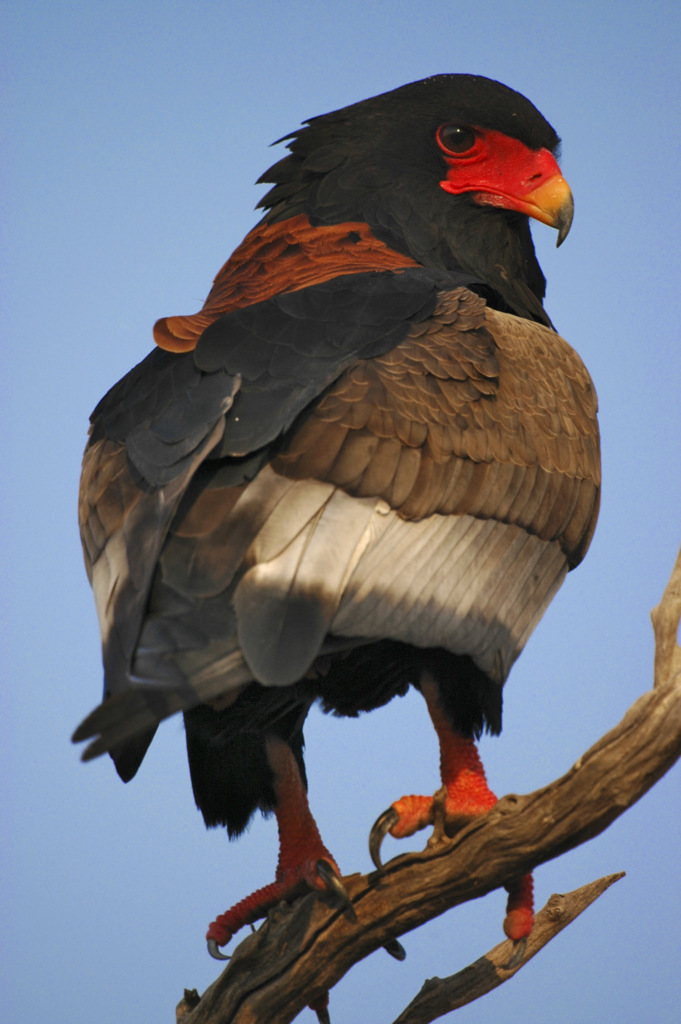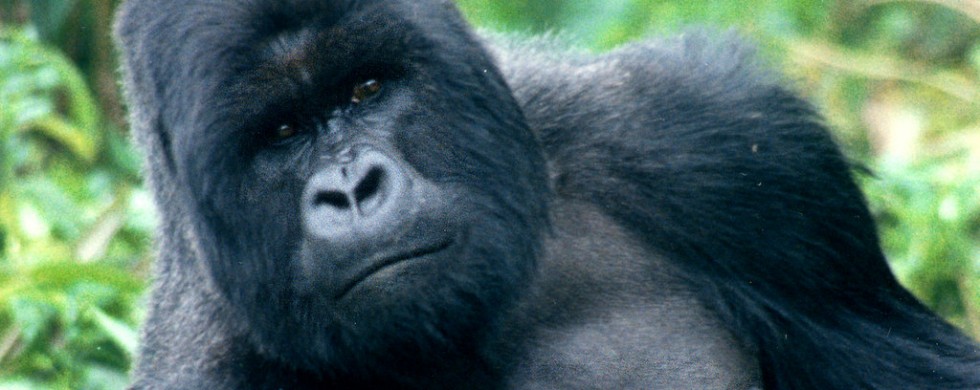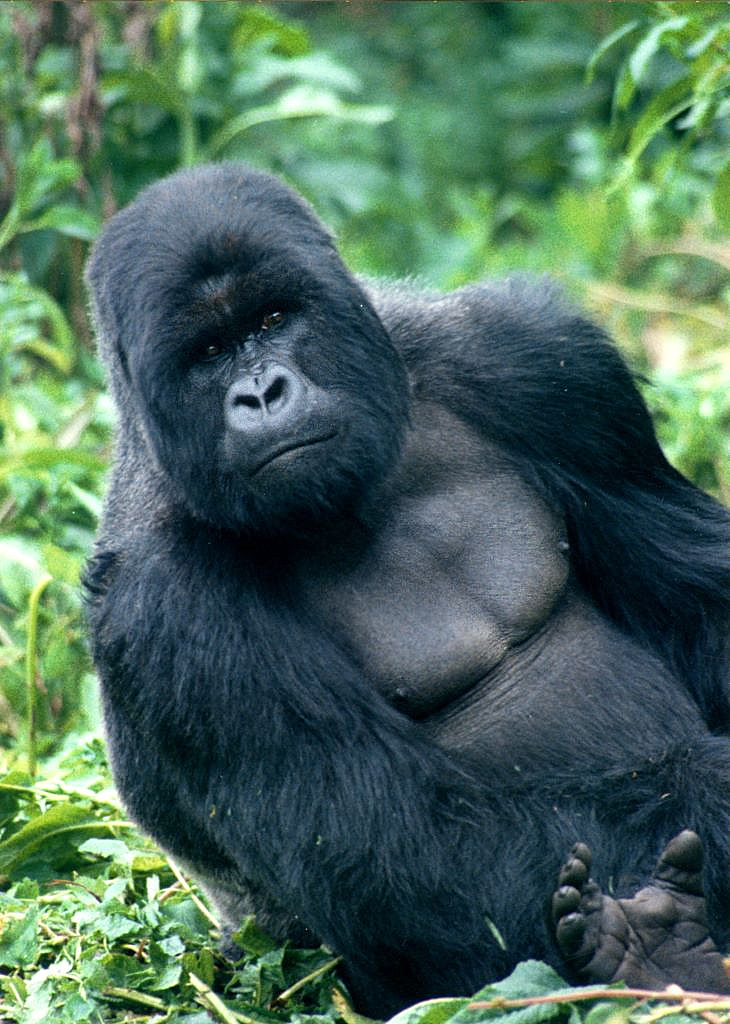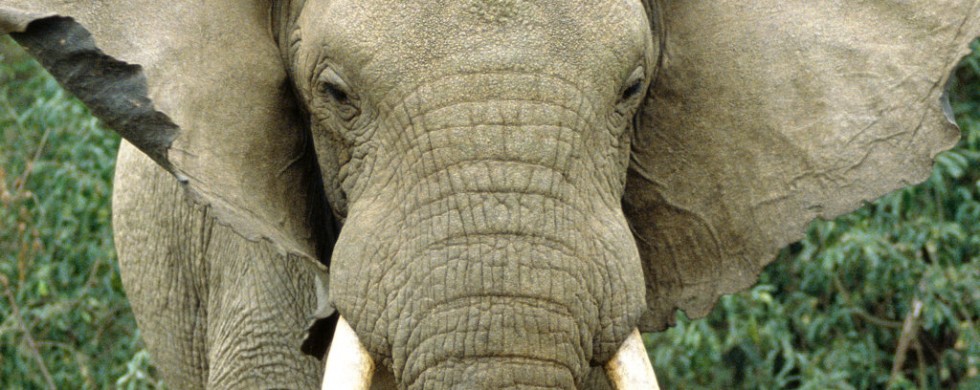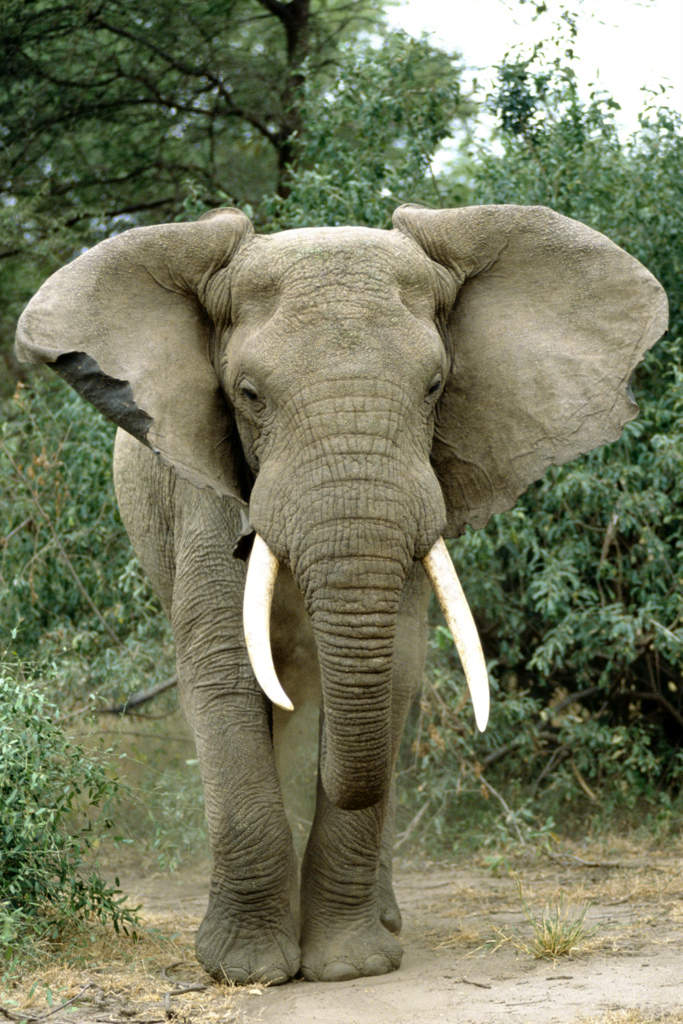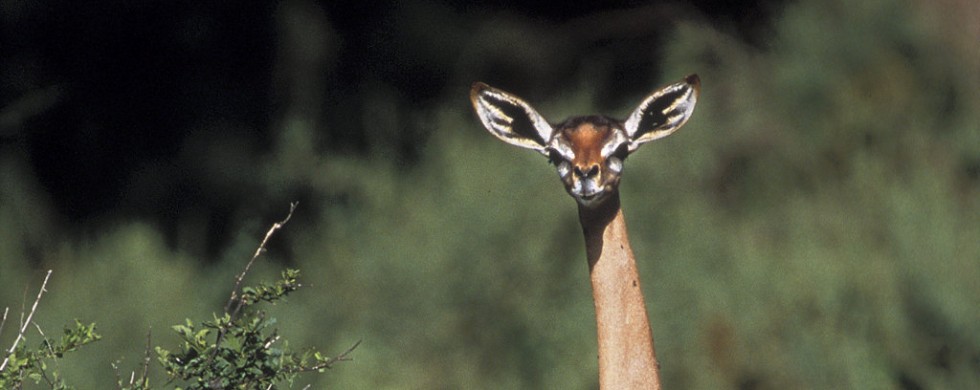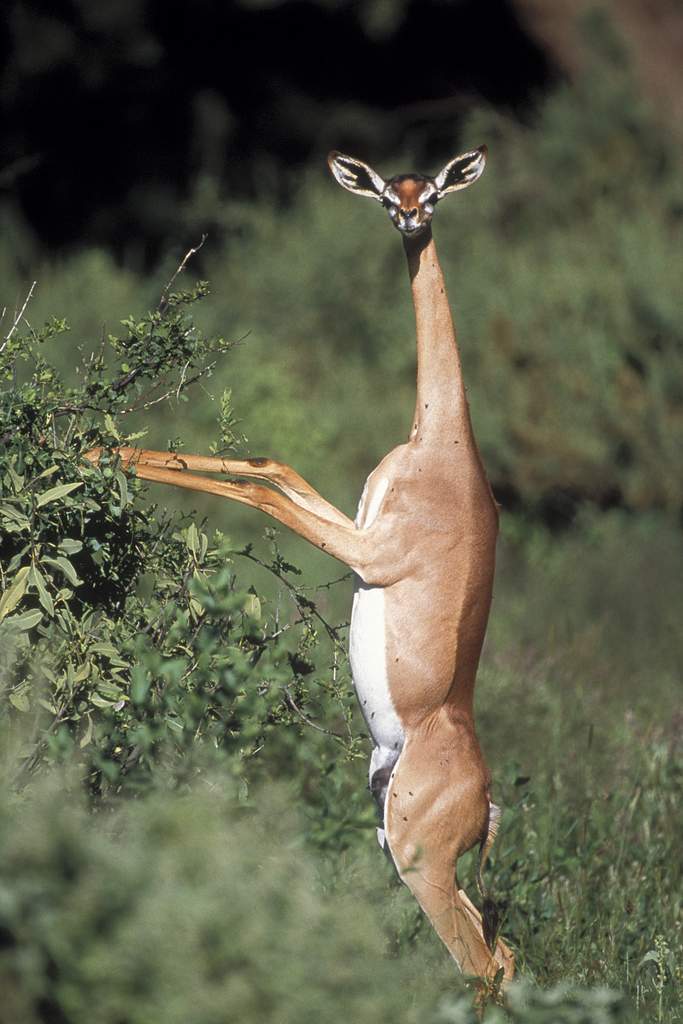15
Shot of the Month – October 2009
The harbinger of success for some is acceptance into an exclusive club. Perhaps it is membership at an expensive golf course or getting the nod from the man with no neck to jump the line at that by-invitation-only nightclub.
Based on a news story I read in 2002 about devastating wildfires in Borneo I decided to fly to Borneo to try and see orangutans in the wild. Successful in my venture I became a member of a very exclusive club indeed. There is no salary quota, or star power fame required to join the club, simply the effort needed to journey up the Sekonyer River in the Tanjung Puting National Park in southern Borneo.
So what makes this club so special? Well, I may be among the last small group of humans to ever see an orangutan outside of a zoo. Orangutan means “man of the jungle” in the Malay language. In the last 20 years, we have destroyed 80% of all the forests they live in. On the island of Sumatra, the orangutan population has dropped 86% from what it was just 100 years ago and they are listed as “critically endangered.” The next status after critically endangered is “extinct.”
No jungle, no orangutan.
In Borneo, the orangutan is doing better and is only “endangered.” These two Malaysian islands are the last refuge of the only great ape not found in Africa.
The forests are being razed and cleared at an astonishing rate to provide the hardwoods we like for our furniture and to make way for palm oil plantations. We use palm oil in our cosmetics, in more and more processed foods, and increasingly, to make fuel for cars. People also like to have baby orangutans as pets so many are captured and killed in that pursuit.
Orangutans are the most intelligent creatures on the planet after humans (though given our behavior, I demand a recount). Of all the apes orangutans are the most arboreal – they spend most of their lives in the trees and rarely put a foot on the ground. Unlike most apes, orangutans do not live in social groups and spend the majority of their lives in solitude. Their arms are twice as long as their legs and they have opposable thumbs and opposable big toes so they can grasp with their feet as well.
Despite their lanky proportions, superhuman strength (at least 8 times stronger than man), and nifty opposable toes, I don’t think orangutans will be able to hang on much longer given our determined onslaught.
Our consumption here directly drives the loss of habitat there. If you want to learn more about how you can help, follow the link: http://www.mongabay.com/take-action/orangutans.html
Planet Earth Club
Members Only
(Non-Humans Need Not Apply)

